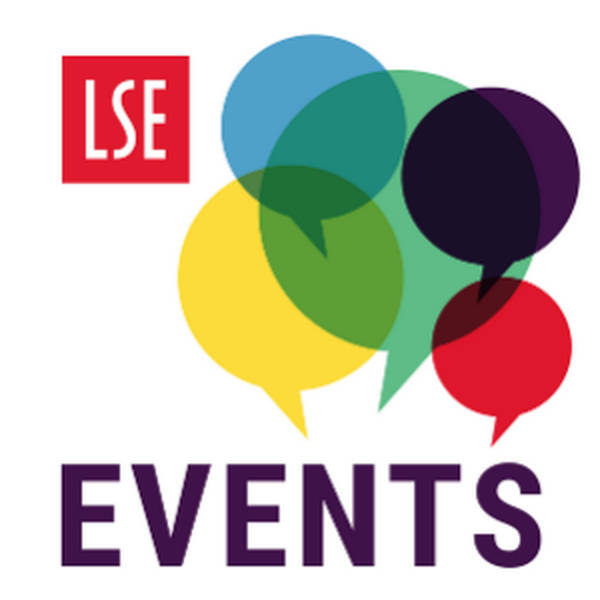
Ontological Polyglossia: the art of communicating in opacity
Contributor(s): Professor Charles Stépanoff | In these three cases, we engage in opaque communication that is far from the standard psycholinguistic model of transparent discussion between adults. Yet anthropologists know that these asymmetrical situations can be some of the most emotionally intense in human lives. This willingness to build sociality beyond linguistic humanity (with infants, deceased and non-humans) allows humans to have a future, a past and a rich relationship with their living environment. This lecture argues that our ontological polyglossia is not a deviance but an intrinsic feature of the human condition. In these asymmetrical situations, the mind of our interlocutor remains opaque to us, which requires exploratory imagination and communicational creativity from us. We will explore this polyglossia in ritual language and in the kinship relationships Siberian peoples build with animals and the dead.
